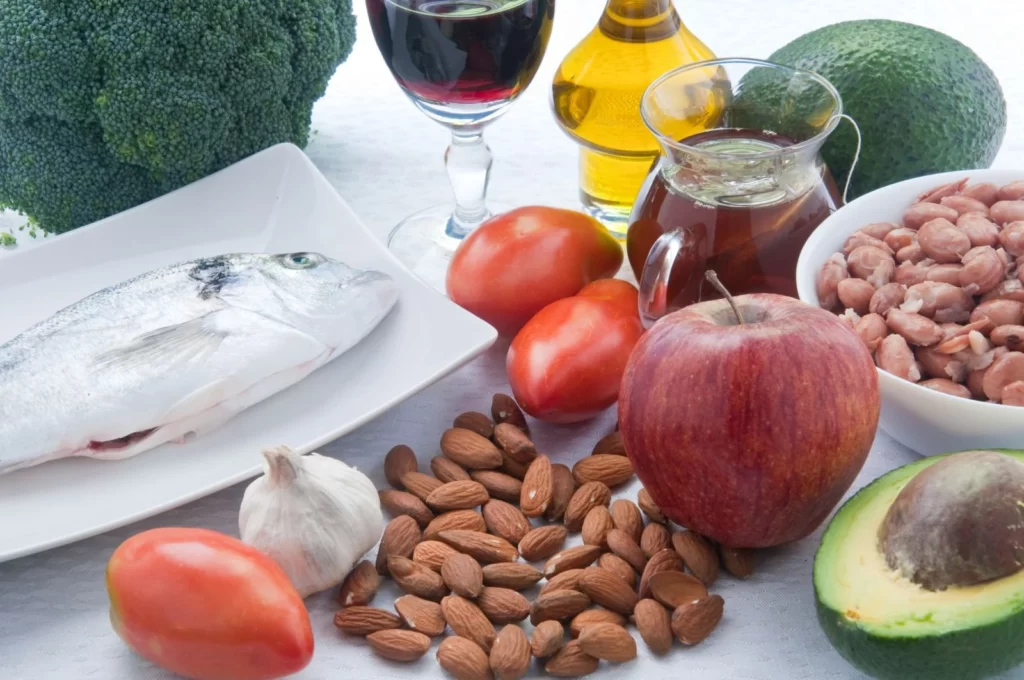Tips to Cut Your Cholesterol Fast
Table of Contents

You are more likely to develop heart disease if you have high cholesterol. The good news is that it’s a risk you can manage. You can reduce your “bad” LDL cholesterol while increasing your “good” HDL cholesterol. You only need to make a few minor adjustments.
“I tell patients that you have to start somewhere and keep going,” says Suzanne Steinbaum, DO, an attending cardiologist at New York City’s Lenox Hill Hospital. “Everything starts shifting as you adopt lifestyle changes, and the improvements you see at 6 weeks often increase by 3 months.”
Your genes are important as well as your lifestyle. You may still need to take medication to get your cholesterol under control. However, your daily habits can help. You may be able to reduce your medication dose and side effects by making a few simple changes.
Follow these guidelines to lower your cholesterol and improve your overall health.
Ban Trans Fats
“They raise LDL, lower HDL, and increase your risk of heart disease and stroke,” Steinbaum explains.
As a result, the FDA has taken steps to remove synthetic trans fat from the food supply. However, trace amounts of trans fat may still be present in some products. So, when you go grocery shopping, look at the Nutrition Facts labels and ingredients. If the label says “partially hydrogenated oil,” that’s just a fancy name for trans fat.
Scale Back
To lower your cholesterol, you don’t need to lose a lot of weight. If you’re overweight, losing just 10 pounds can reduce your LDL by up to 8%. However, in order to truly lose weight, you must do so gradually. A reasonable and safe weight loss goal is 1 to 2 pounds per week. According to the National Heart, Lung, and Blood Institute, while inactive, overweight women require 1,000 to 1,200 calories per day for weight loss, active, overweight women and women weighing more than 164 pounds require 1,200 to 1,600 calories per day. If you’re very active during your weight-loss program, you may need to consume more calories to avoid hunger.
Get Moving
“At least 2 1/2 hours of exercise per week is sufficient to raise HDL and improve LDL and triglycerides,” says Sarah Samaan, MD, a cardiologist in Plano, TX. Start slowly if you haven’t been active before; even 10-minute blocks of activity count. Choose an activity that you enjoy. Also, having an exercise partner can help you stay on track.
Fill Up on Fiber
Soluble fiber, found in foods such as oatmeal, apples, prunes, and beans, prevents your body from absorbing cholesterol. According to research, people who ate 5 to 10 grams more of it per day saw a decrease in their LDL. Eating more fiber fills you up, so you don’t crave snacks as much. However, eating too much fiber at once can cause abdominal cramps or bloating. Increase your intake gradually.
Go Fish
Eat it two to four times per week. “Not only are the omega-3 fats in fish heart-healthy, but replacing red meat with fish lowers your cholesterol by lowering your exposure to saturated fats, which are abundant in red meat,” Samaan explains. What’s the catch? Some are high in mercury, such as shark, swordfish, and king mackerel. This can increase your risk of developing heart disease. Choose wild salmon, sardines, and bluefin tuna instead. What’s the difference between omega 3 and omega 6?
Opt for Olive Oil
“Swapping olive oil for butter can reduce LDL cholesterol by up to 15%, which is comparable to the effect of a low-dose medication,” Samaan says. Olive oil contains “good” fats that are beneficial to your heart. Extra-virgin olive oil is recommended. It is less processed and contains more antioxidants, which aid in disease prevention.
Go Nuts
Most types can reduce LDL. The reason is that they contain sterols, which, like fiber, prevent the body from absorbing cholesterol, according to Steinbaum. Just don’t go too far: Nuts have a lot of calories (an ounce of almonds has 164!).
Chill Out
Did you know that when you’re stressed, your cholesterol levels can skyrocket? Relax. Get lost in a good book, go for a coffee with a friend, or hit the yoga mat. It will aid in the control of your cholesterol.
Spice It Up
If you don’t already sprinkle cinnamon on your cappuccino or sprinkle pepper on your pasta, pay attention: Spices like garlic, curcumin, ginger, black pepper, coriander, and cinnamon can improve cholesterol as well as flavor your food. According to research, eating half to one clove of garlic per day can lower cholesterol by up to 9%. Bonus: According to Steinbaum, adding extra seasoning to your food reduces your appetite, making it easier to lose excess pounds.
Butt Out
“Smoking raises LDL and lowers HDL, and quitting frequently improves those numbers,” Samaan says. In one study, people who quit smoking saw their “good” cholesterol rise by 5% in a year. However, if you are frequently exposed to smokers, be aware that inhaling secondhand smoke on a daily basis can raise bad cholesterol levels.
Laugh More
Laughter, like medicine, raises HDL levels, according to Steinbaum. Do you need some comic relief in your life? Watch silly pet videos online, subscribe to a joke-a-day email, or watch funny movies.